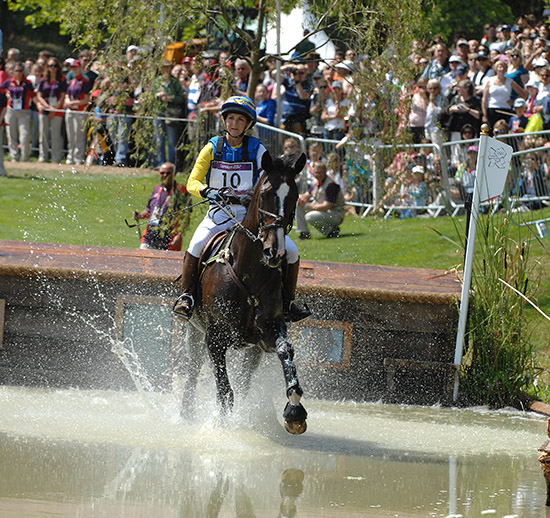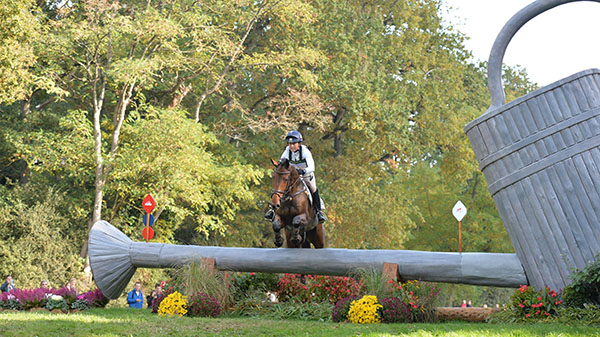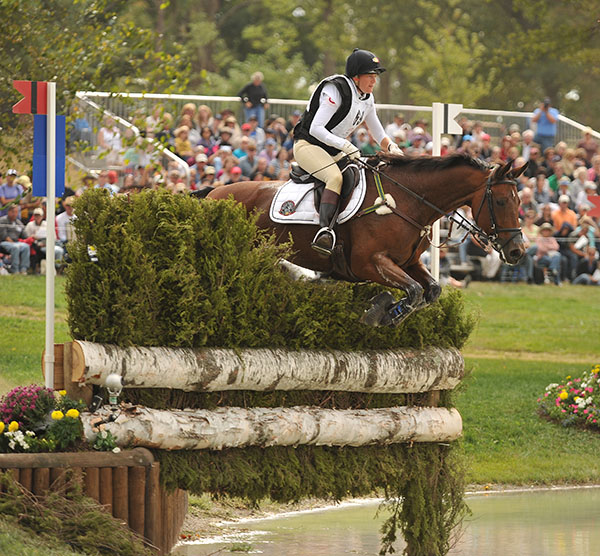Christopher Hector profiles some eventing enthusiasts who have bred their own star event horses …
When Sarah Bullimore finished the 2022 Five-Star dressage at Lexington in second place, just behind the eventual winners, Michael Jung and FRH Chipmunk (Contendro I / Reichsgraf), the story she had to tell the press was one that has been heard over-and-over in the world of eventing, Sarah had grown her own. Sarah bred her chestnut gelding Corouet from her own former upper level mount, Lilly Corinne. (Lovis Corinth / Fierant xx)
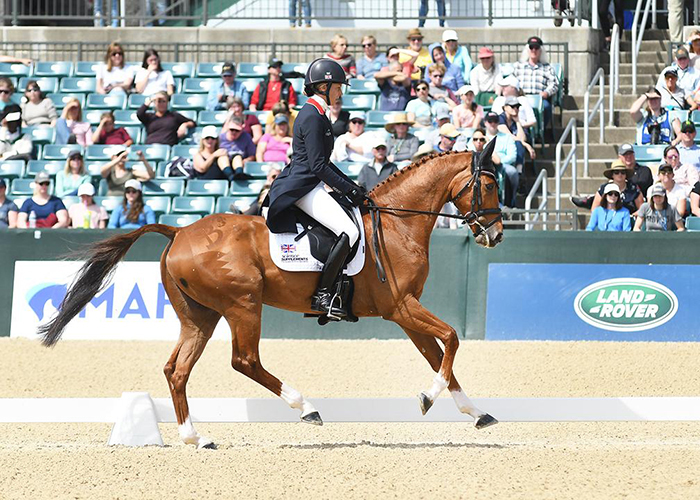
Sarah and Corouet at Lexington (Photo credit – Michelle Dunn)
“I had a fabulous mare that went to the European Championships in 2015, we had already started breeding with her. Corouet is our first born, it wasn’t a thing we had done before, but she was a fantastic mare and we thought why not?” Sarah added. She chose the sire Balou Du Rouet because she had another event horse sired by him. “I love what he produces … (and Corouet’s) got a mighty big attitude in a small package. We have continued breeding and have some lovely siblings coming behind him.”
Despite the fact that we have been told many times, you can’t breed an eventer, the facts tell us otherwise, and many times the push to breed has come from the need to produce a horse for a member of the family to compete.
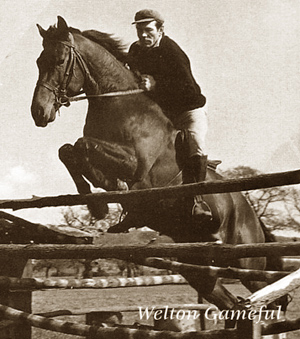
Sam Barr and Gameful
The founding father of event horse breeding was the Englishman Sam Barr who in 1961 purchased a Thoroughbred foal he named Welton Gameful (Prince’s Game xx out of a mare by the Pharos xx son Philae xx). Gameful was very much a family project and took Sam’s twelve-year-old daughter, Dawn, Pony Club eventing. As a two-year-old Gameful had covered four mares, the first foal to arrive, Gamekeeper, went on to qualify for Badminton with Sergeant Ben Jones.
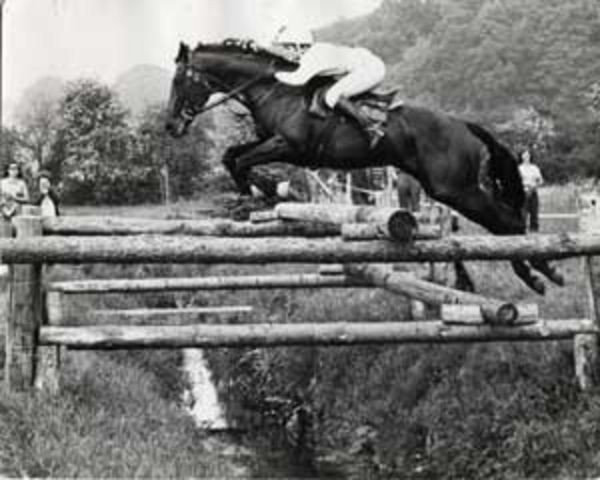
Welton Apollo.
Gameful died as a result of a paddock accident as a fourteen-year-old but his three sons carried on the legacy: Welton Louis, Welton Crackerjack and Welton Apollo.
Louis – 1968 was out of an Irish showjumping mare, who was also the dam of Gazelle (Welton Gameful / Your Fancy xx). Gazelle was the dam of Yarlands Summersong (by the Trakehner Fleetwater Opposition) an absolute star with Marie Christine Duroy. Gazelle was also the dam of Jennie Loriston Clark’s stallion Catherston Dazzler (Dutch Courage).
Crackerjack – 1974 was out of an Irish mare, Queens Entry by Kings Approach xx, out of Irish Lady by Bachelors Honor xx. Four decades later, Crackerjack remains one of the handful of stallions to event at the highest level, placing 13th at Burghley with double clears. He was the sire of winners at the big three: Badminton, Burghley and Kentucky.
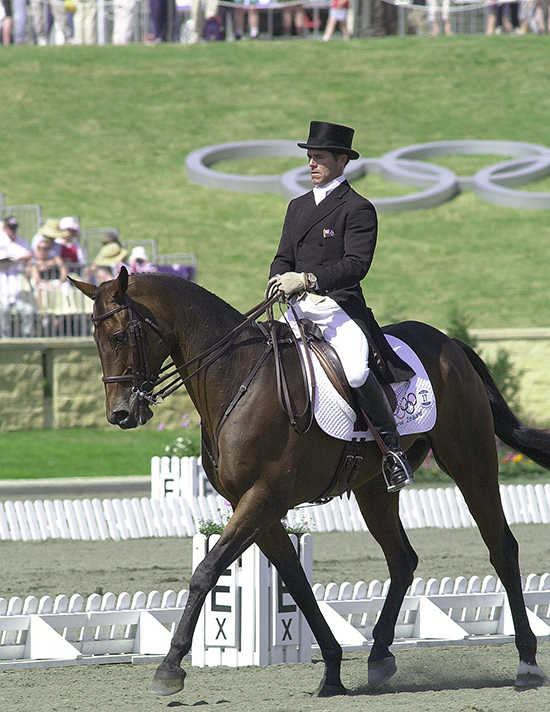
Blyth Tait and Welton Envoy (by Welton Crackerjack) at the Sydney Games
Apollo – 1975 was out of an intermediate eventer, Water Rights by Game Rights xx, by Big Game xx, out of a mare by another influential sire of eventers, Water Serpent xx. Although Apollo was technically Thoroughbred, his dam was not recognized by Wetherbys. Apollo completed Badminton three years running placing 8th in 1989 and was a member of the British team at the 1989 European Championships.
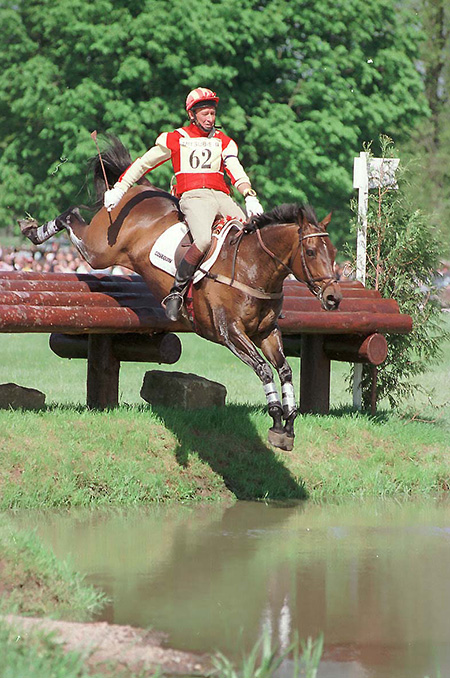
Sea Lion by Water Serpent and Bruce Davidson win Badminton
Sam told me back in 1996 that the inspiration for his breeding program came from a cattle breeder: “I was very lucky because when I started off I was put in touch with one of the best cattle breeders in England. A very free-thinking chap called Ben Cooper and he taught me a lot about breeding. He was not tied to statistics and not tied to the paper work. His breeding was for performance from performance in depth. Really that sums up what he did. Originally I started with a classically bred Thoroughbred stallion with wonderful blood lines and used him over Irish Draught mares. I started with pure Irish Draught. In the early years we could win events with half bred horses. That’s changed. We’ve gradually come to the point where the minimum is three quarters.”
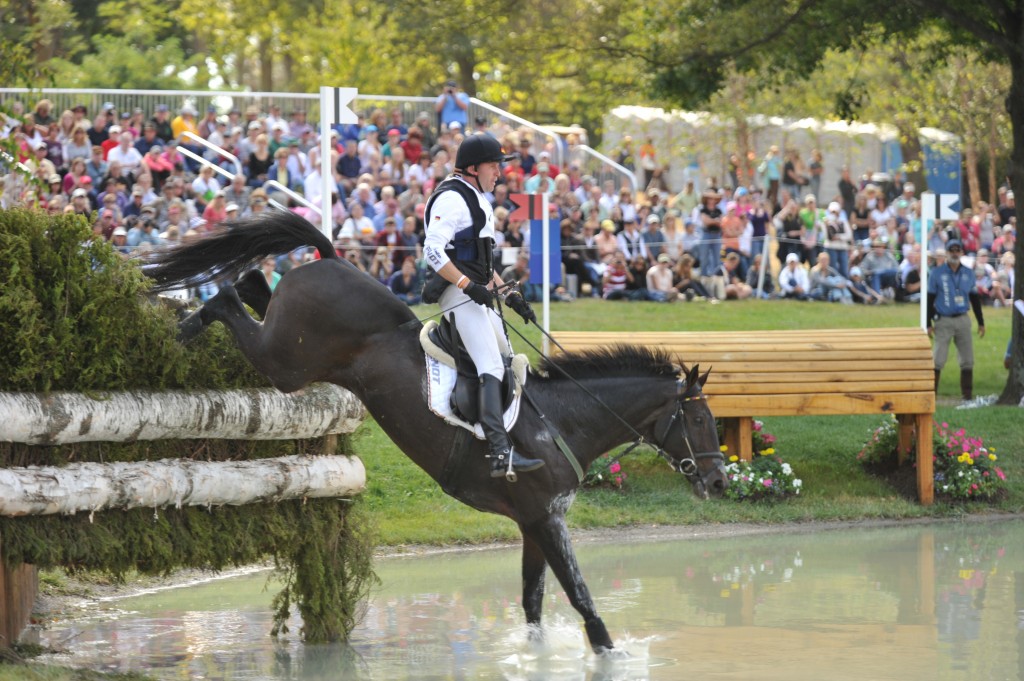
Butts Leon (Heraldik xx / Star Regent xx) and Andreas Dibowski
story continues after the advertisement
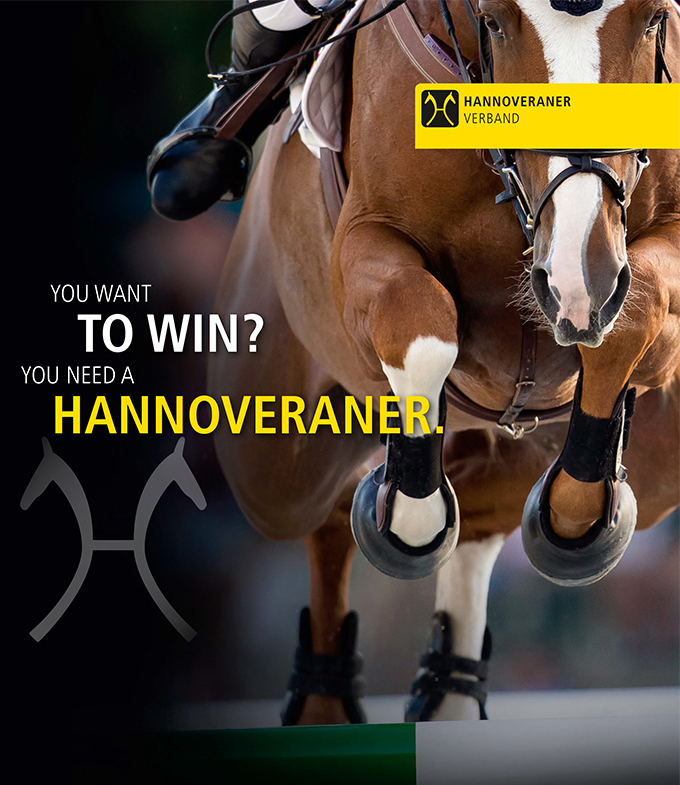
The most successful eventing breeder in history, Friedrich Butt, started out to breed horses for himself, for beach racing which was popular in the part of Germany where he lived. The horses were branded Hanoverian but Mr Butt quickly discovered that the trick was to breed every time to a Thoroughbred stallion, and generation after generation the percentage of Thoroughbred blood increased, until typically stars like Ingrid Klimke’s’ Butts Abraxis were 63/64th Thoroughbred.
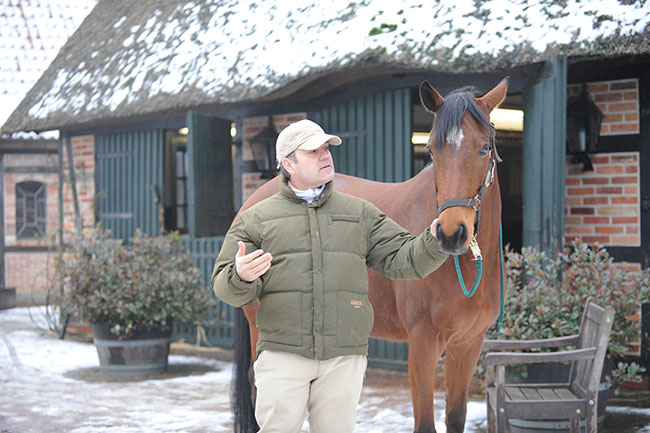
Volker Steinkraus carrying on the heritage…
And the legacy lives on thanks to Volker Steinkruas, who bought the core of Butts’ mare band after his death. Volker told me, “Friedrich Butts was a passionate rider of races on the beach of the North Sea at Cuxhaven. When the tide is away they race along the beach. He must have been a very sensitive man who was really a very brave horseman just to follow his idea and not listen to anybody, just breed blood to blood.”\
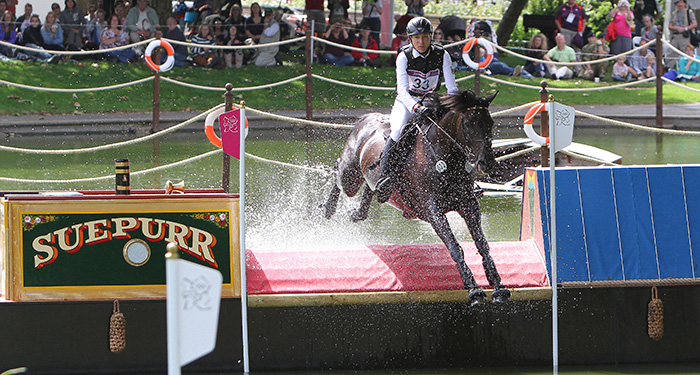
Abraxxis a star for Ingrid Klimke
Interesting then, that in this year’s Badminton start list we find William Fox Pitt riding Little Fire bred by Volker Steinkraus. The Hanoverian gelding is by Graf Top (Graf Grannus-Calypso II) out of Heraldik’s Angara by the leading eventing sire the Czech Thoroughbred Heraldik, a stallion that Butt used time and time again with spectacular success.
Little Fire is one of six progeny out of Angara. As well as the five-star competitor Little Fire, there are two at two-star level, Jirrima Anchor (Sunlight xx) and Butts Anakin (Full House xx). Little Fire won the young horse CCI1* at Tattersalls and last year also won the 4* at Houghton Hall and completed Pau 5*.
story continues after the advertisement

There can be little doubt that Margareta Algotsson has been the most successful breeder of Olympic Eventing horses, EVER!
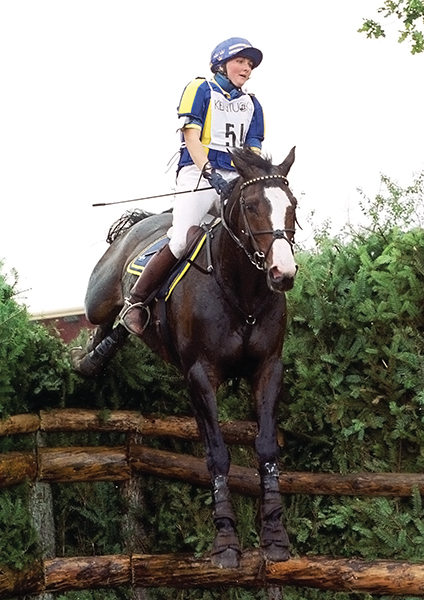
Linda Algotsson and Stand By Me
I wanted to know what came first, her two incredibly brilliant eventing daughters, Linda and Sara, or the succession of wonderful eventing horses that she bred for the girls to ride. It turns out that the answer was neither – Margareta was breeding horses for herself to showjump…
“I bought this little mare, Princess Fair (Prince Fair xx / Cosmos xx) for myself to compete with, then when she was a little bit older, I bred a foal from her. Ten foals she had for me, and now grand children and grand children’s children. She was the beginning of everything. I found her in the south of Sweden, her father was imported from England, he was a Thoroughbred. He was a Swedish Derby winner, they used him for Swedish Warmblood mares, and he had many foals that were very good in showjumping.”
“When I found Princess Fair, she was two-years-old. I saw her freejumping at her breeder’s. She was jumping like a cat, that’s a mare I should have, I thought. I had her for showjumping, there was not so much eventing in Sweden in that time, it was mostly showjumping and dressage.”
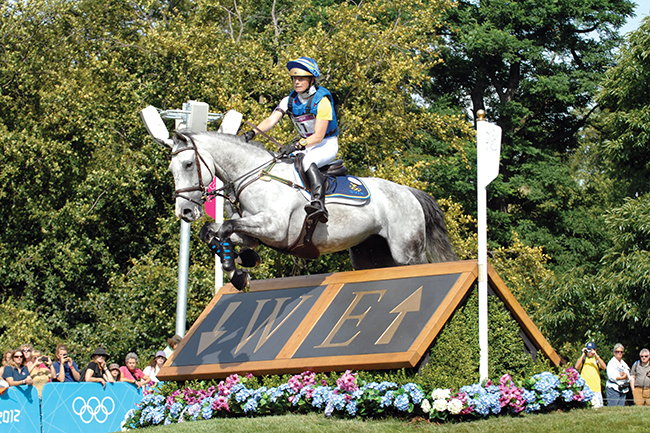
Sara Algotsson-Ostholt and Wega, silver medal winners at the 2012 Games
When you started to breed with her were you trying to breed eventers?
“No, at the beginning it was for showjumping. I have always used showjumping stallions. She was very much like a Thoroughbred, not so big. All of her foals have been eventers. My daughters were interested in eventing, so that’s where the horses went – they also competed in showjumping, but the girls thought it was much more fun to compete in eventing – more exciting.”
For Margareta’s daughter, Linda, Princess Fair produced the gelding that took her to two WEGs and two Olympic Games, Stand by Me, by Stanford (Anart / Ravello)..
One memory I have of Linda and Stand by Me I’ll never forget when the dreaded flying change had been introduced to the eventing test and the riders were all struggling with it, Linda riding Stand by Me around the arena before her test started at Badminton, tossing off three times changes…
La Fair and Linda on course at the London Games
Princess Fair also foaled La Fair (Labrador), Linda’s ride at the London Games, and My Fair Lady (Testarossa) who took her to the Aachen WEG.
For Sara, Princess Fair produced Robin des Bois (Robin Z) who took her to the Athens Games, and was the grand-dam of Wega (by Irco Mena out of La Fair) who went within a (last!) rail of winning gold for Sara at London.
I asked Margareta, ‘how did you select your stallions?’
“They must have rhythm in their movement, but jumping is the most important because they jumping in two of the three things they are doing. I’m not so fond of horses that just move very well, they must have a good jump and they must have self confidence, that they could jump whatever happens. They must be able to think by themselves and make their own decisions.”
story continues after the advertisement
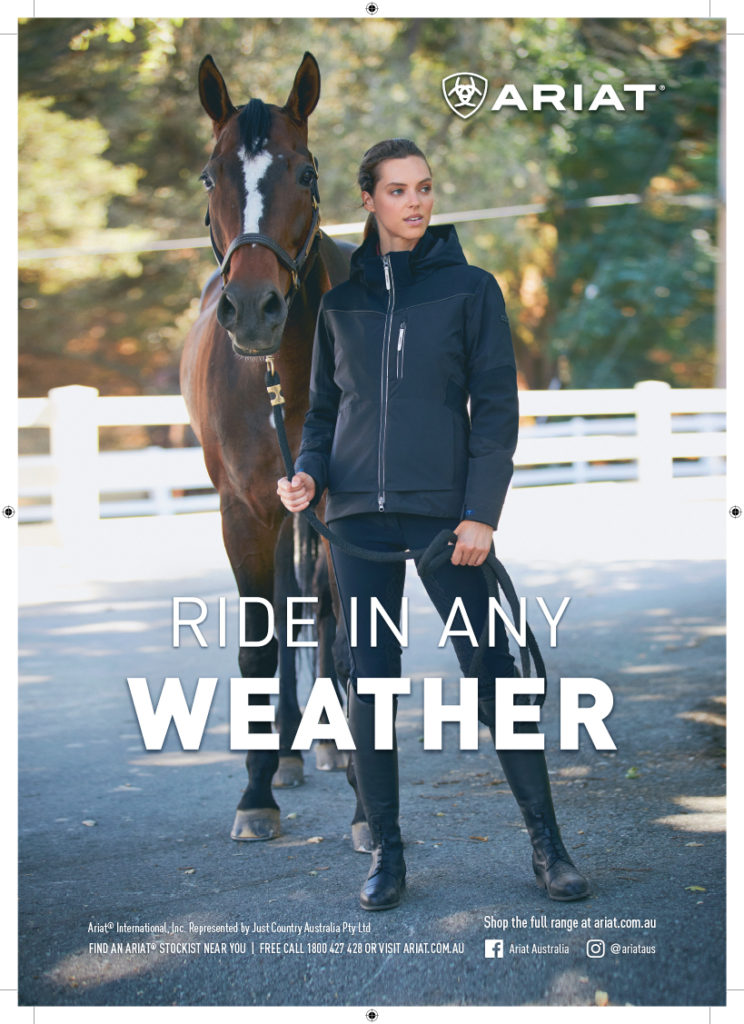
In one of the most successful stallions was Stanford (Anart / Ravello), the sire of the first mega-star, Stand By Me. He stood at the state stud, Flyinge and was the typical mix that made the Swedish Warmblood a popular all-rounder in the 70’s and 80’s. A mix of Trakehner, Thoroughbred, Hanoverian and Swedish mares, he bred dressage horses, showjumpers and eventers.
Robin des Bois, who was born a year earlier than Stand by Me, was by the successful showjumping sire, Robin Z (Ramiro / Almé). My Fair Lady was by Testarossa (Pasteur / Hartung) a German Trakehner who competed in dressage, while La Fair was by Labrador (Jovial / Pompe), 3/8ths Thoroughbred and the rest traditional Swedish Warmblood.
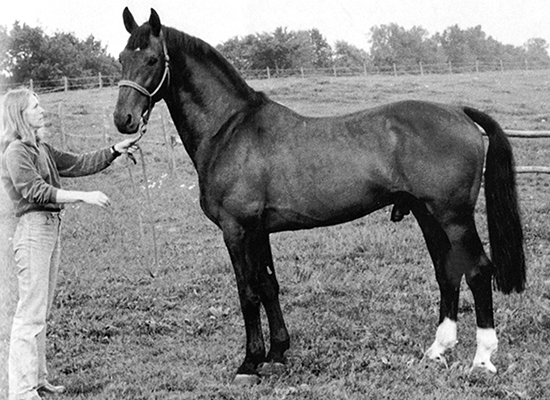
Irco Mena
La Fair was bred to Irco Mena (Irco Marco / Menelek xx) to produce Wega. Irco Mena was a Dutch bred grandson of the influential Trakehner, Marco Polo but with two crosses of the imposing (not to say, tank) Sinaeda. Irco Mena was out of an Irish mare, three quarters Thoroughbred.
Princess Fair was bred to the English Thoroughbred Dalby Jaguar (Sharp Edge xx / Royal Palm xx) to produce Fairlisia, who bred to Cardento (Capitol / Lord) foaled Fairnando in 2005 and with Feliciano (Irco Marco / Utrillo) – who starred for Sweden in the showjumping at the Sydney Olympics – she produced Fairnet in 2006 – the second of the two horses Linda entered for Rio.
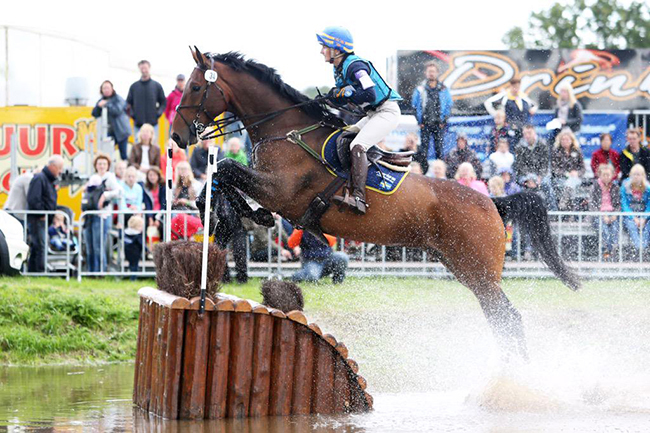
Fairnet and Linda
Margaret’s achievement is so much more impressive when you realise just how few foals she bred…
How many foals did you breed each year?
“Not many, two, three, that’s all. We don’t have such big stables so we can’t have many horses. In Sweden it is cold and we cannot have them outside in the winter.”
Your success is incredible, you must have bred more Olympic eventers than any other person in the world…
“Yes, I think so too. Our horses have always done their job and tried to do the best they could – they have a good head.”
Are you still breeding horses?
“I’m not breeding any more, my youngest horse is now three years. My daughters breed now. Sara, who lives in Germany has one of my mares and breeds a lot of horses from that, and Linda also has a mare that she breeds with. I think now they have to take over.”
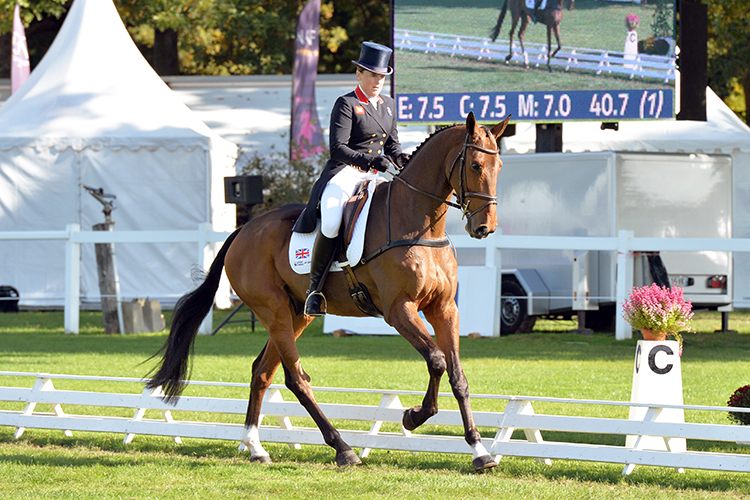
Pippa Funnell and Billy Walk On at le Lion…
We all know that Pippa Funnell is one of the world’s great eventing riders but she too has grown her own. I enjoyed seeing her at the 2016 World Young Horse Champs at Lion d’Angers riding one of them, Billy Walk On.
Billy Walk On is by Billy Mexico who is by Cevin Z (three crosses of Cor de la Bryère, two of Capitol, one of Sacramento Song xx and one of Ladykiller xx) out of Bidorette, by that great Selle Français export to Holland, Le Mexico, out of one of Jan Greve’s great mares, the Almé daughter, Twiggy. Billy Walk On is out of an Irish mare, Shannon Line by Golden Bash out of a Bossumpierre mare – that’s 85.75% blood.
Billy Walk On’s test at Lion was a delight, the bay gelding is just so perfectly balanced, everything was so relaxed and scopey, particularly the enormous walk.
Billy Walk On and Pippa on course at Le Lion
The Billy Stud is run by Pippa, and her husband, showjumper, William Funnell and breeder, Donal Barnwell. I asked her if they set out to breed eventers or showjumpers?
“Showjumpers, but a lot of the mares have quite old fashioned Irish / Thoroughbred breeding. The modern showjumper has to have quite a lot of quality and blood, so even though we are breeding for showjumpers, some of them have enough quality to go eventing.”
How many stallions in the program?
“We’ve bred some of our own, and we’ve got some younger stallions. Billy Congo (by the Voltaire son, Vechta out of a mare by the Almé son, Animo, with Irish breeding on the bottom line) would be our main one. Cevin Z is another one we own and we use him quite a lot, but we are also using outside stallions as well.”
The one here is by Billy Mexico…
“Billy Mexico we bred by Cevin out of a Le Mexico mare.”
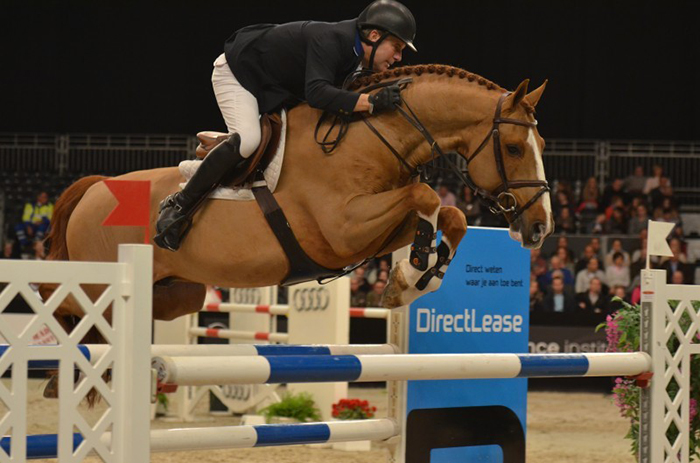
Billy Mexico
Is it easier to breed eventers than jumpers?
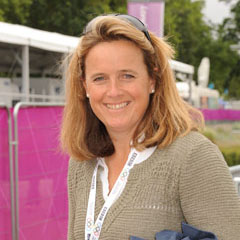
“No, it’s much the same. We’ve got a lot of horses traveling all over the world now, and this week we’ve got our first on-line auction, with ten three-year-olds up for sale.”
Billy Walk On went on to the highest level. In 2019 he contested Badminton but did not complete but later was 6th at Blenheim 4* and in 2021 was 2nd in the 5* at Bicton. He is another on the 2022 /Badminton start list but retired on the cross country track.
The Belgian eventer Karin Donckers is another successful rider/breeder.
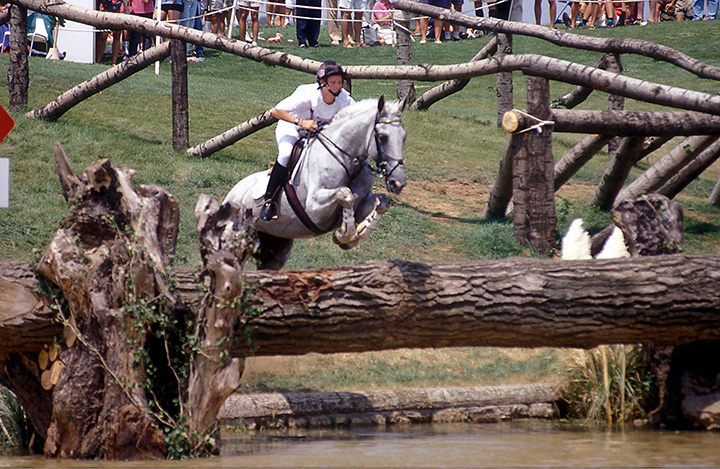
Britt and Karin Donckers at Barcelona (photo – Dirk Caremans)
One of the more extraordinary stories in eventing is the career of the Belgian mare, Britt, who was ridden internationally by Karin at the European Junior championships in 1988, the Young Riders championships in 1990, the Olympic Games in 1992, the Europeans in 1993 and the World Equestrian Games in 1994.
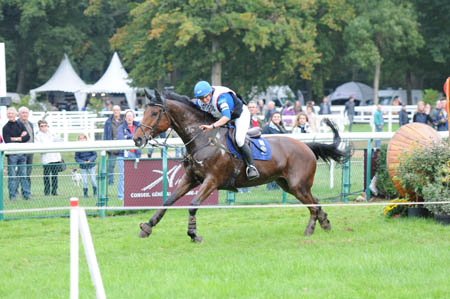
Karin and Lady Brown at the World Young Eventing Horse championships
Since then Karin bred a bewildering series of successful eventers from Britt, whose own pedigree is not exactly star-studded. She is by the three quarters Thoroughbred, Iseng, out of a Belgian mare, Oekie by Flevo – yet she is more or less on her way to founding her own studbook. Indeed one of the three homebred horses Karin had at Lion in 2016 was Lady Brown in the seven-year-old championship. She is by Lord Britten Z, who is by Risueno La Silla xx out of Britt, and out of Milly, who is a grand-daughter of Britt! When I interviewed her at the 2013 World Young Eventing Horse Championships Karin confessed she can’t actually remember when she first saw this great mare:
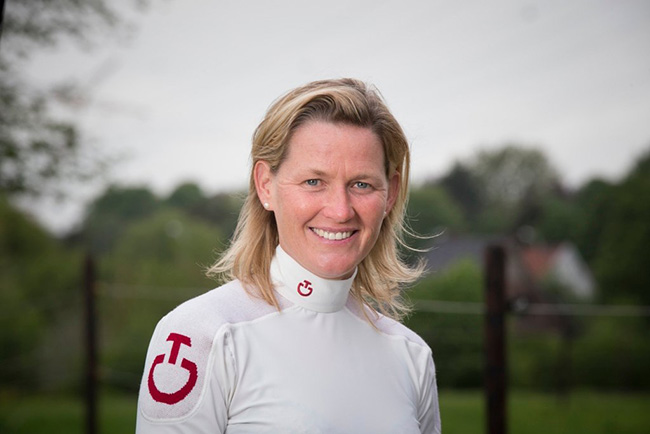
“I was just a child. It was my father who bought the horse when she was a foal, I think I was still riding my pony.”
What a career, from Junior Championships through to the Olympic Games…
“That’s true and then you realize after such a good horse, how difficult it is to do the same with the other horses because Britt was a mare who really took me everywhere and did everything for me, I just had to stay on her. She taught me what eventing was…”
After that you set up a very interesting breeding program and have generations on the ground…
“Even the fourth generation now – and I have two seven-year-olds now who are foals from Britt, and I have one six year old from Gazelle de la Brasserie (Karacondo / Arlequin x) my other good mare who did two times the Olympics. It is very nice to have three of my own breeding here at the World Championships of Young Horses. Two of them from Britt, and one, an embryo transplant from Gazelle.”
Karin and Gazelle de la Brasserie at the 2010 WEG in Kentucky
Britt bred for many years…
“When she was 21 she went to Mexico, and she was there for a time with Alfonso Romo, who did some embryo transplants but they didn’t work. We still have a mare and a stallion from that time, that we breed with. She had foals when she was 21, 22, 23, 24, that’s very special. She died when she was 28.”
What has been your philosophy when you look for stallions for your breeding program?
“You have to look at the mare, her breeding, what the strengths are, what the weaknesses are, and try to find a stallion that can cover that. We started with the Warmblood mares, so for a few years we put some blood in, and after three or four generations, you get the good balance, the right amount of Warmblood and the right amount of Thoroughbred. I don’t feel that the first generation gives you immediately what you want, it’s more the third, fourth generation when you start feeling you have a bit of everything. It takes a while before you can breed eventing horses.”
When you ride the young ones, can you feel they are like Britt?
“The character of willing to fight when they are at a show, that’s something I definitely feel coming back every time. The will to really give the best of themselves, that is the positive thing that Britt had too.”
It says something too about the character of those who are attracted to eventing. I can think of a couple of dressage riders, one or two showjumpers, who have bred their own, but it’s the eventers that are ready to go that extra step and actually make the horses they ride…
ends



